Lead Generation
What is Lead Generation?
Lead generation is the process of attracting and capturing potential customers' interest in a product or service to develop a sales pipeline. It involves identifying and engaging with prospects through various marketing strategies, such as content marketing, social media, email campaigns, and paid advertising. The goal of lead generation is to convert prospects into qualified leads who can eventually become paying customers.
Why is Lead Generation Important?
Lead generation is important because it helps businesses identify and engage with potential customers, build relationships, and drive sales. By generating leads, businesses can nurture prospects through the sales funnel and increase the likelihood of conversions. Effective lead generation strategies ensure a steady flow of potential customers, supporting business growth and revenue.
Lead generation also allows businesses to target specific audiences and tailor their marketing efforts to meet their needs and preferences. This targeted approach improves the efficiency and effectiveness of marketing campaigns, leading to higher engagement and better results.
Best Practices for Lead Generation
1. Understand Your Audience
Clearly define your target audience and understand their needs, preferences, and pain points. Use audience personas and market research to gather insights. Tailor your lead generation strategies to address the specific needs of your audience.
2. Create Valuable Content
Produce high-quality, valuable content that attracts and engages your target audience. This can include blog posts, articles, e-books, webinars, videos, and infographics. Valuable content establishes your authority and builds trust with potential customers.
3. Use Lead Magnets
Offer lead magnets, such as free e-books, whitepapers, checklists, or templates, in exchange for contact information. Lead magnets provide value to your audience and encourage them to share their information. Ensure that your lead magnets are relevant and aligned with your audience's needs.
4. Optimize Landing Pages
Design optimized landing pages with clear calls to action (CTAs) to capture leads. Use compelling headlines, concise copy, and high-quality visuals to engage visitors. Ensure that your landing pages are user-friendly and mobile-optimized.
5. Implement SEO Strategies
Optimize your content and website for search engines to attract organic traffic. Use relevant keywords, meta descriptions, headers, and internal and external links. SEO helps increase visibility and drive qualified leads to your site.
6. Leverage Social Media
Use social media platforms to promote your content, engage with your audience, and generate leads. Share valuable content, participate in conversations, and use social media advertising to reach a wider audience. Social media amplifies your lead generation efforts.
7. Use Email Marketing
Implement email marketing campaigns to nurture leads and build relationships. Send personalized and relevant content, such as newsletters, updates, and offers. Email marketing helps keep your audience engaged and encourages conversions.
8. Utilize Paid Advertising
Use paid advertising, such as Google Ads, social media ads, and display ads, to reach your target audience and generate leads. Paid advertising allows you to target specific demographics and increase the visibility of your lead generation efforts.
9. Analyze and Optimize
Continuously monitor and analyze the performance of your lead generation strategies using analytics tools. Track key metrics such as traffic, engagement, conversion rates, and cost per lead. Use these insights to optimize your strategies for better results.
10. Nurture Leads
Develop a lead nurturing strategy to guide prospects through the sales funnel. Use personalized communication, follow-up emails, and targeted content to engage and build relationships with leads. Lead nurturing increases the likelihood of conversions.
By following these best practices, you can develop effective lead generation strategies that attract and capture potential customers, build relationships, and drive sales, ultimately supporting your business growth and success.
For more terms, return to the content marketing glossary and freelance writing glossary.

